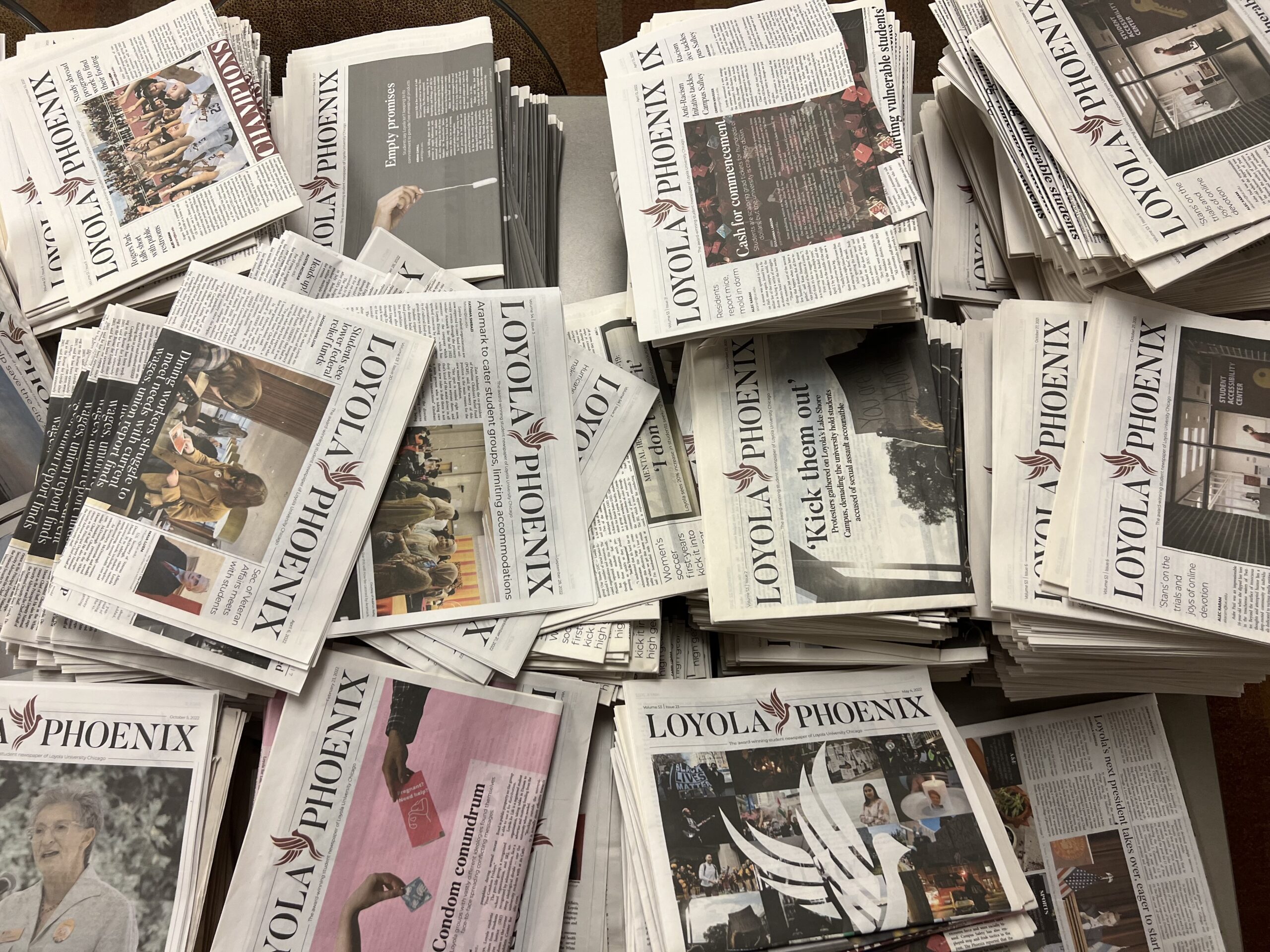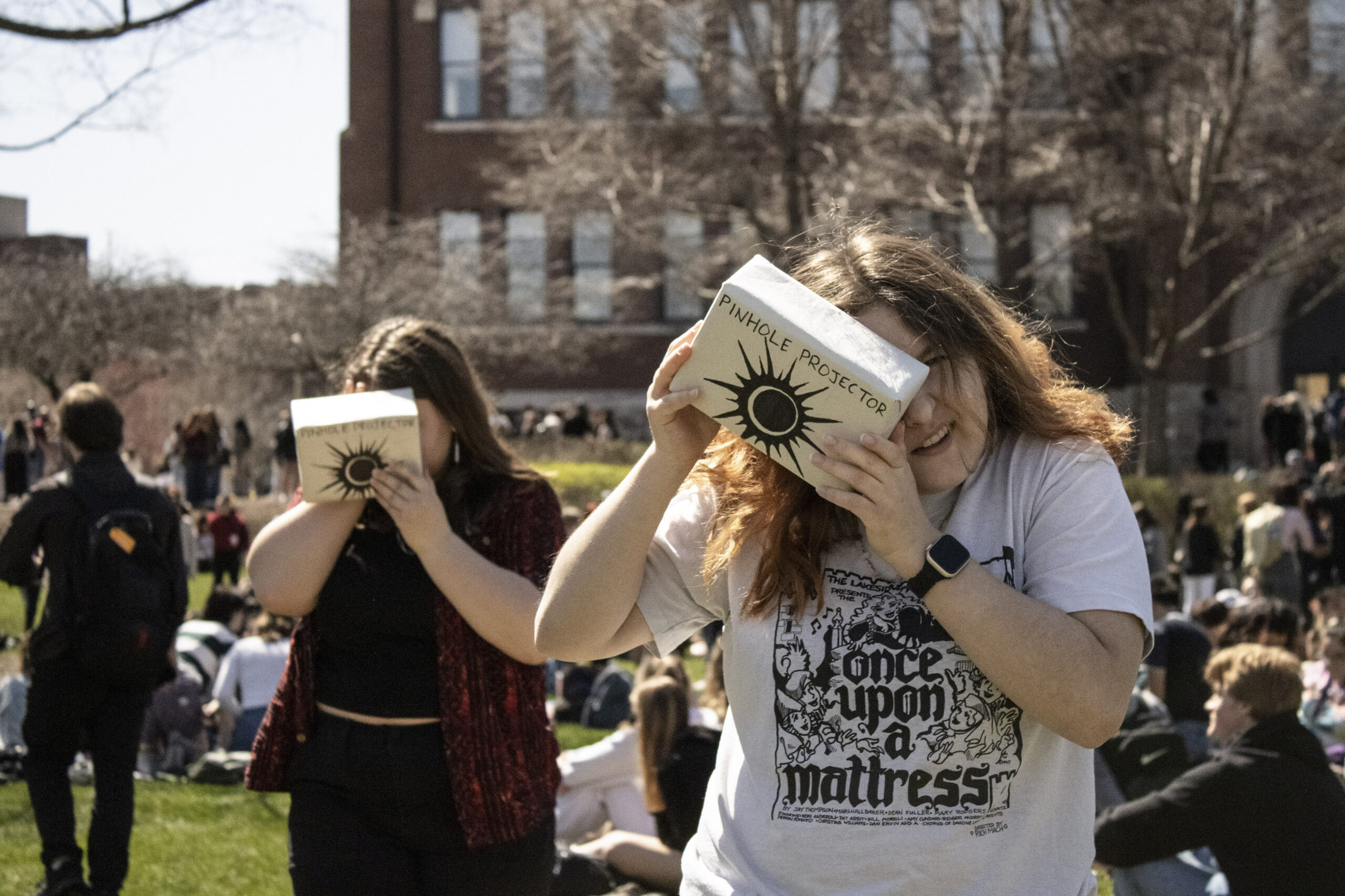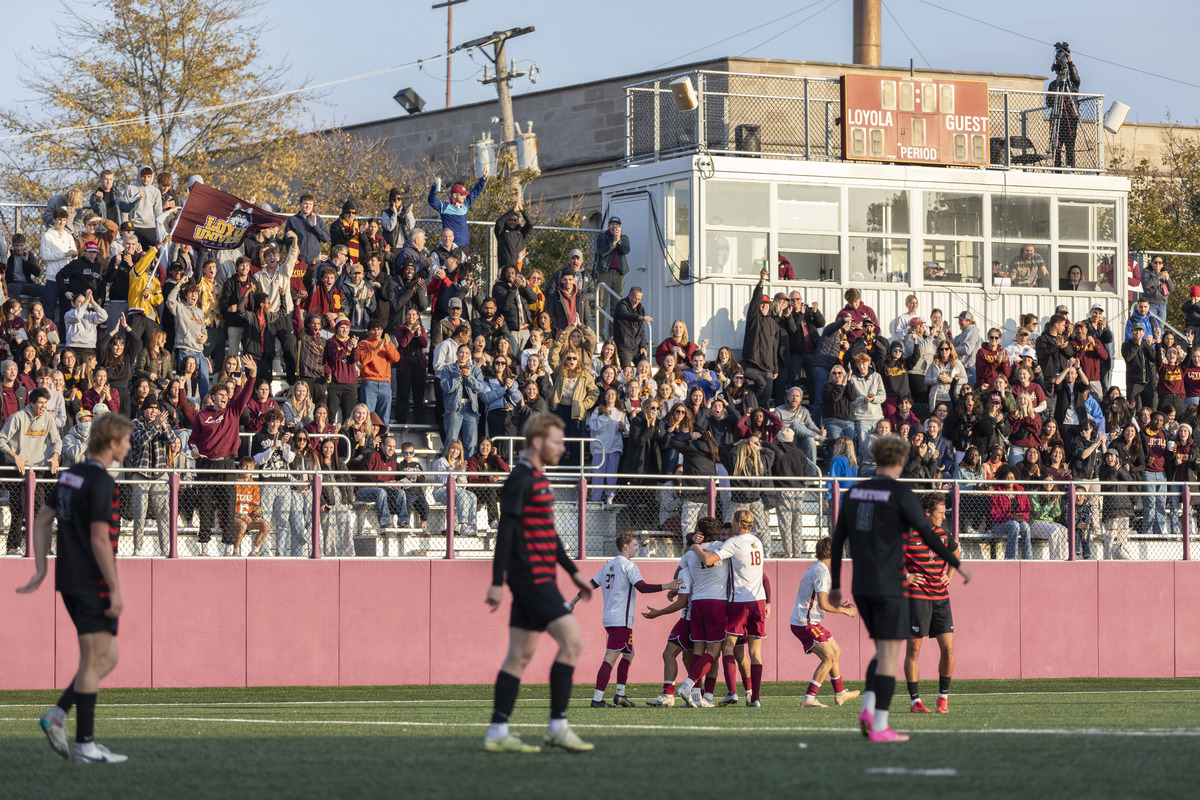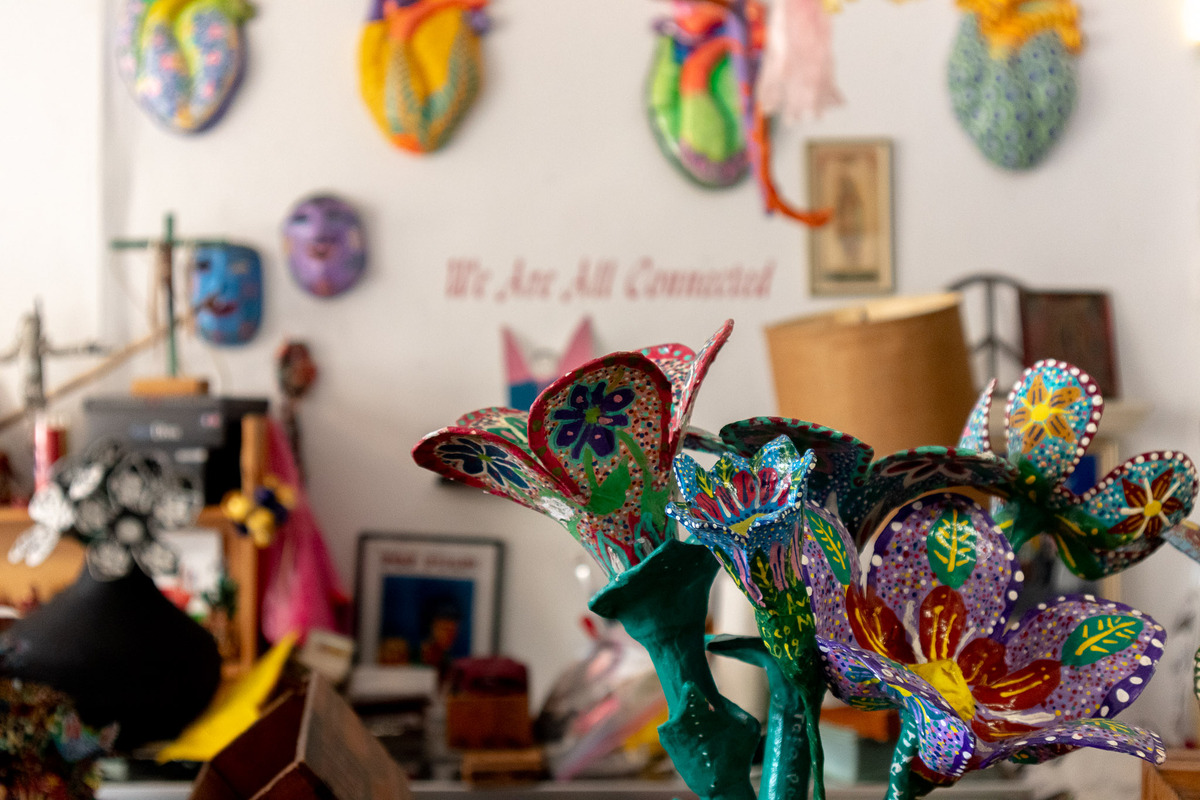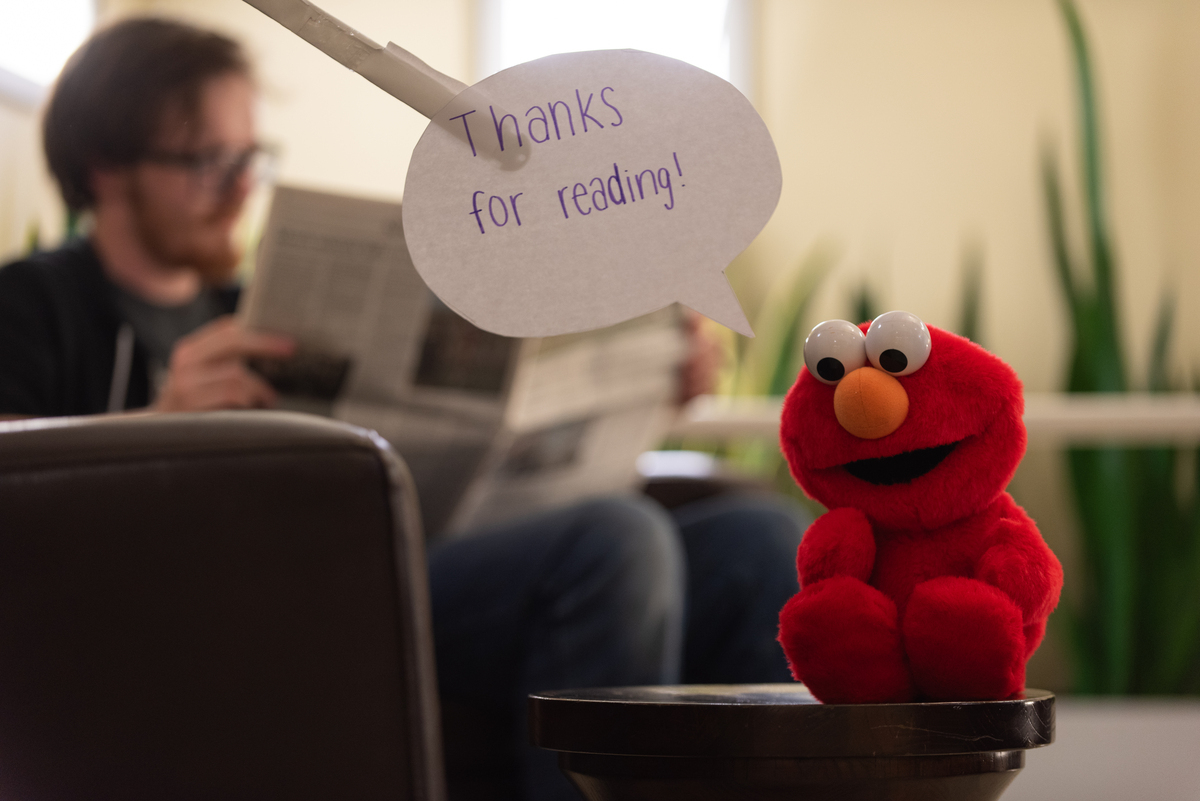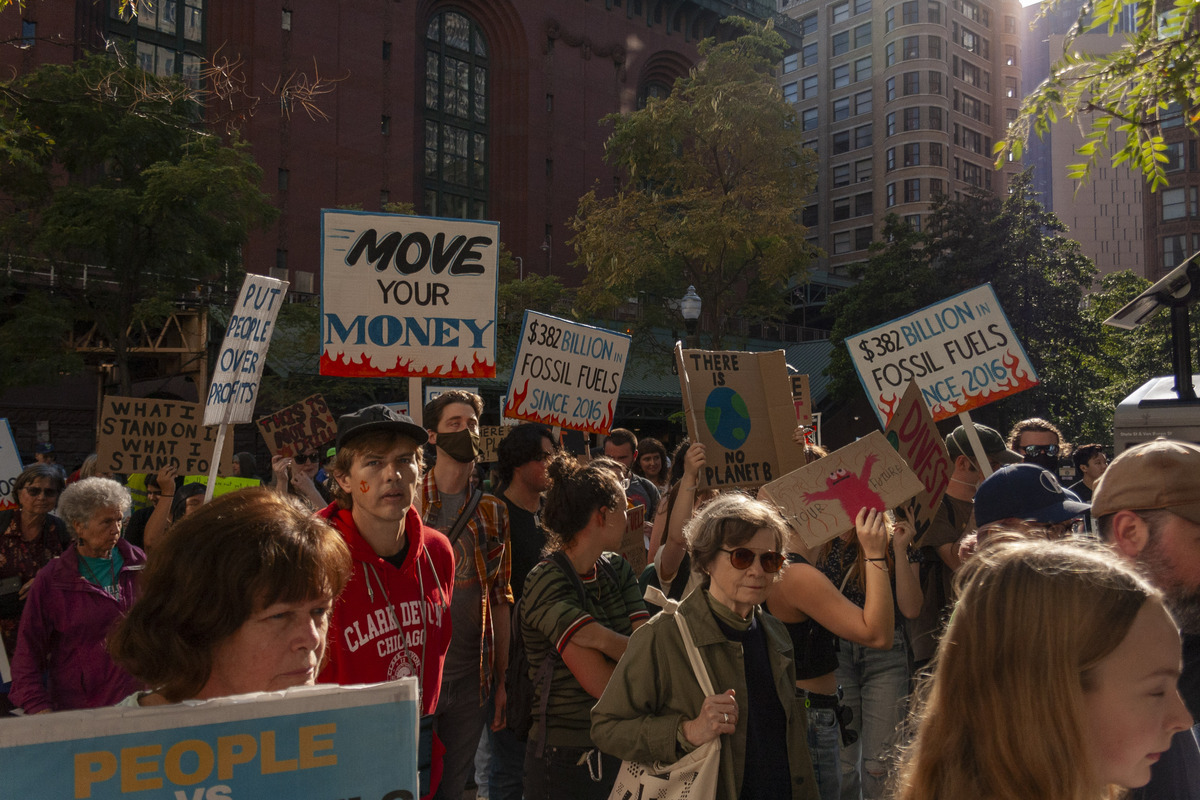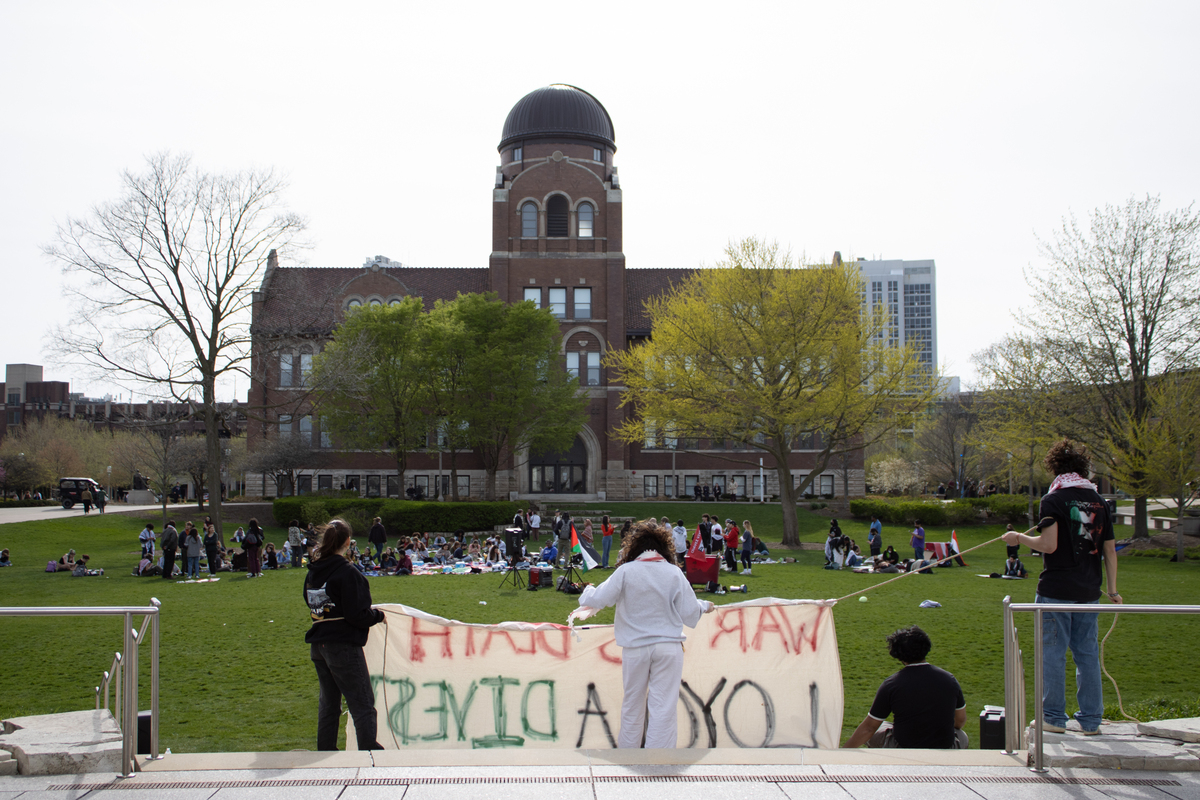The Art Institute of Chicago’s newest, temporary exhibition features two famed pieces by Michaelangelo Caravaggio.
On canvas, an illuminated figure emerges from the darkness, staring righteously upon a fearful crowd below. But in real life, the painting is one of many to draw awe-filled expressions from viewers at The Art Institute of Chicago’s new exhibit.
The large congregation in the gallery is due to a temporary exhibition which opened Sept. 8 at the Art Institute, “Among Friends & Rivals: Caravaggio In Rome.” The exhibit includes two famed pieces by Michelangelo Caravaggio, a polarizing yet innovative artist credited with developing the Baroque style of art.
Yet, the painting capturing many onlookers’ attention is not a work by the titular artist. Rather, the piece belongs to the Art Institute’s collection and is on display year-round. Titled “The Resurrection,” the piece is the only documented work by Francesco Buoneri — one of Caravaggio’s closest followers, according to the Art Institute.
Despite this painting not being one of the Caravaggio works on loan for the special exhibit, curator Dr. Rebecca Long said the public attention on Buoneri’s piece is just as valid a reason for special exhibitions of this nature.
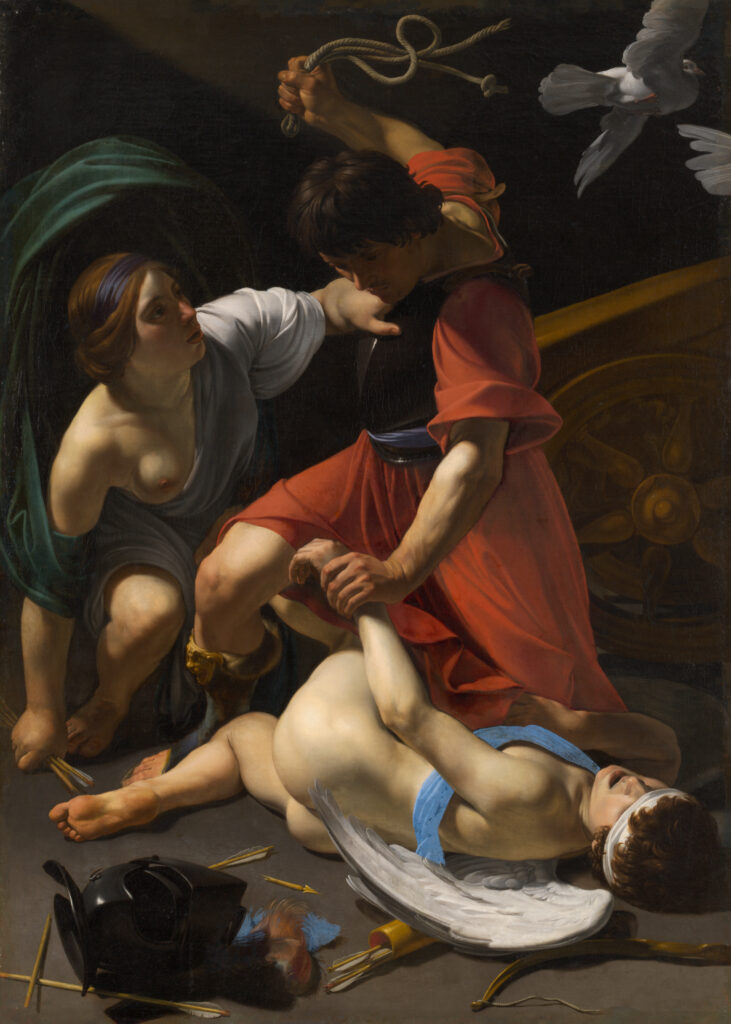
“These kinds of things are really a way to remind people of the strength of this collection and of the kind of repository of, really, treasures that they have available to them,” Long said.
Long specializes in specifically Italian and Spanish art prior to 1800. She received her PhD at New York University’s Institute of Fine Arts in 2015 — the same year she became the curator of European Painting and Sculpture at the Art Institute of Chicago.
The exhibit itself is nothing if not Baroque. The Baroque period was a post-Renaissance art movement characterized by its dedication to dramatic lighting, expressive subjects and intricate details, according to Long.
This extravagance is reflected in the gallery as grandiose figures in graphic and stylized paintings loom over viewers, staring emotionally out of their canvases, trapped eternally in the scene that unfurls around them.
The layout of the exhibit has the two Caravaggios on loan — “The Cardsharps” and “Martha and Mary Magdalene” — framed by other notable works created by the Caravaggisti, followers of Caravaggio who embraced his intense artistic techniques.
As part of the Art Institute’s collection, Buoneri’s “The Resurrection” is always located in Gallery 211 along with the other three paintings in the exhibit that weren’t done by Caravaggio, Long said. The publicity around “Among Friends & Rivals: Caravaggio in Rome” has attracted crowds of curious Chicagoans to what Long said would typically be a gallery room full of only a few people.
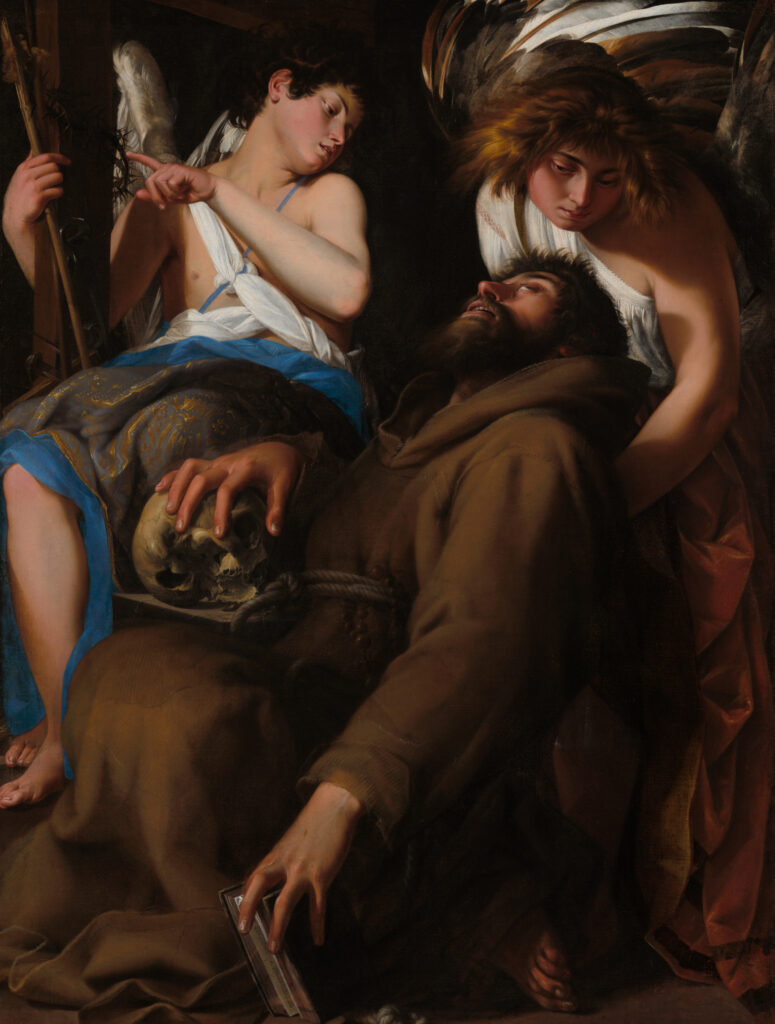
“[‘The Resurrection’] is something that is always on view here, but I think, in this context, the really exceptional quality of it and the drama of it — people are paying more attention to it than they normally would,” Long said.
This dramatic attention to detail is characteristic of Baroque art and is apparent in all of the paintings displayed in the gallery. However, it was coined by Caravaggio, who popularized this brief stylistic era with his gritty and modern portrayals of biblical narratives, according to Long.
“The idea is that you would look at the painting and you would see someone who looked like you, you know, as a holy figure, right?” Long said. “And that is part of the empathy of drawing the viewer in.”
The reflective nature of Caravaggio’s work is apparent in the two focal pieces of the exhibit. “The Cardsharps” depicts three colorfully-dressed men, one of whom is unknowingly being cheated during a game of cards.
The other work, “Martha and Mary Magdalene” shows a conversation between the pious Martha and her sister Mary Magdalene as Magdalene has her spiritual awakening.
Both of these pieces are captivating in their emphasis on complex, layered interactions between people who reflect the viewer. The work of Caravaggio and relevance of the exhibit lies within this style’s ability to capture an entire narrative within a single frame.
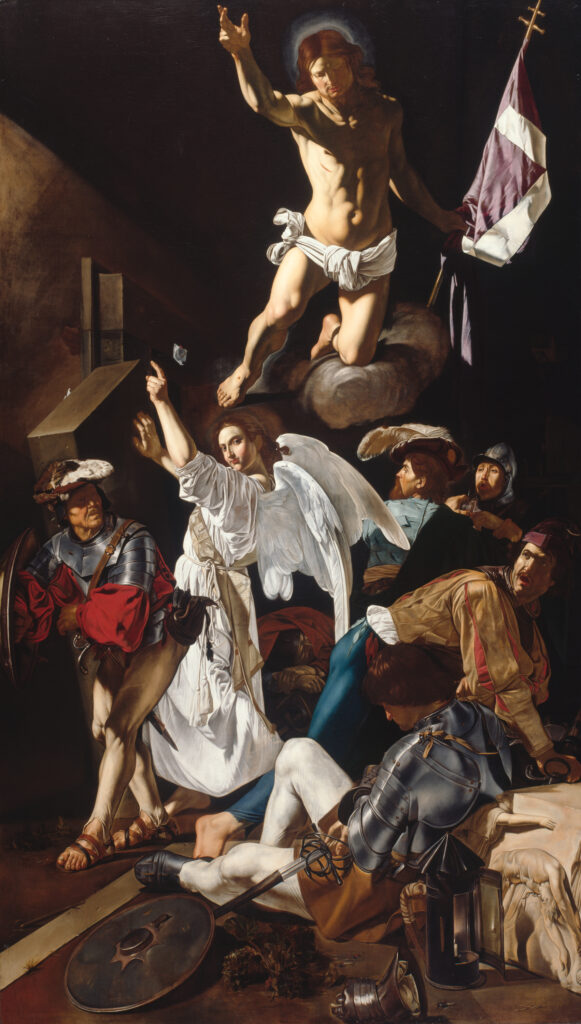
While the Baroque period only lasted a few decades, these hyper-realistic and emotionally-charged portrayals of humanity still resonate with contemporary viewers. This is apparent in the reactions of the onlookers, who wander pensively from work to work, seemingly piecing together each artistic story.
The positioning of the paintings in the gallery ensure every piece on display — temporary or permanent — is highlighted. Although the Caravaggio works are catalysts for the special exhibit, they don’t supersede or obstruct the collection pieces in the gallery. They embellish them.
Each work occupies a space all its own and as a result fuels its own artistic moment. Viewers are able to take their time with each work, appreciating not only the innovation of Caravaggio but also the mastery and emotional artistry he inspired.
It’s this ability to foster a renewed relationship between the viewer and the art that Long attributes to the importance of special exhibitions like this one. They expose new works of art to the public and reiterate the significance of works that are always available to them.
“Curators really like these smaller projects because they allow you to really dive in — and I think you’re seeing in here, like, people actually stop and look,” Long said. “Really, it’s an opportunity to highlight the things that are in our collection in a new way via a couple of really crucial and important loans.”
“Among Friends & Rivals: Caravaggio In Rome” will be featured at The Art Institute of Chicago until Dec. 31. The collection pieces in the exhibit will continue to be on display for the public year-round.
Featured image courtesy of The Art Institute of Chicago




